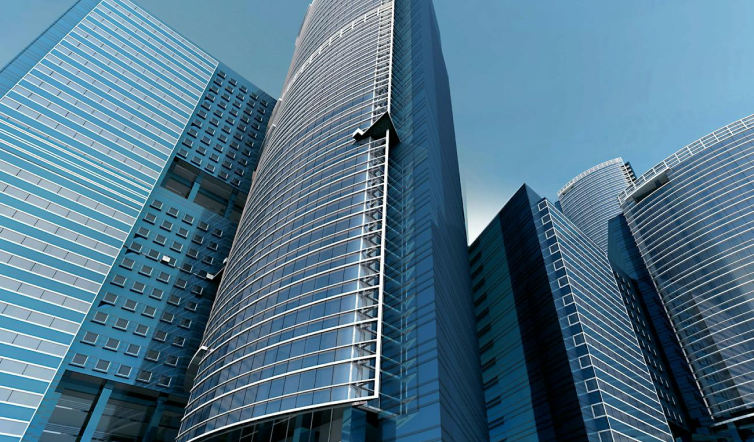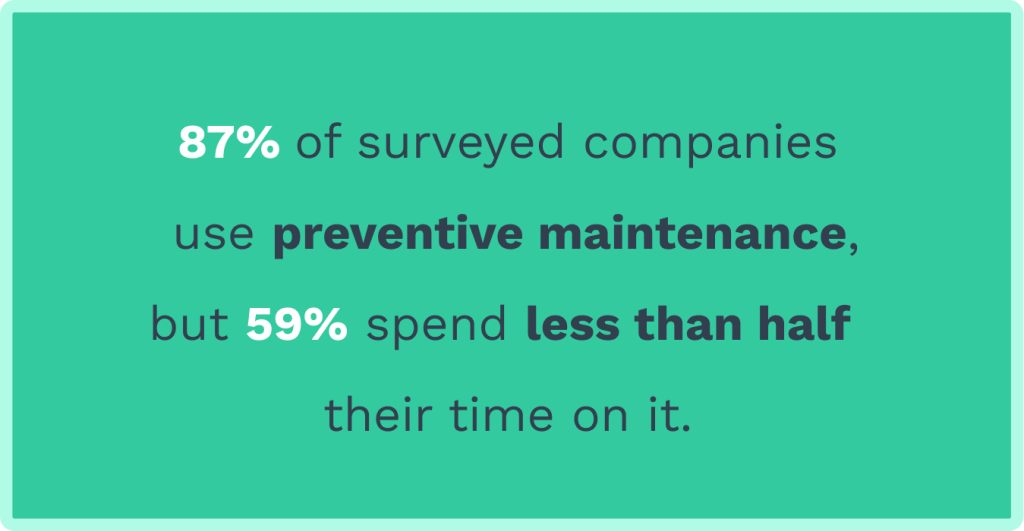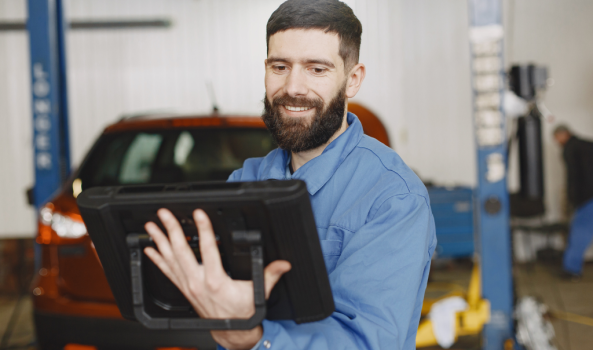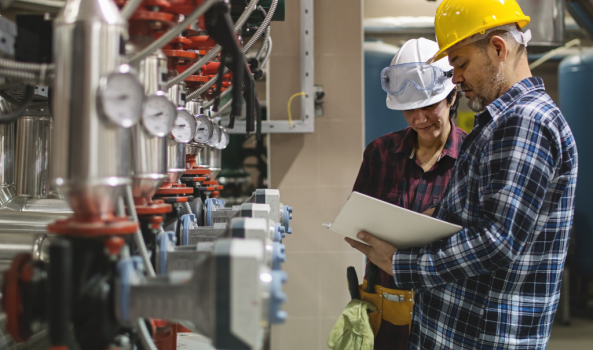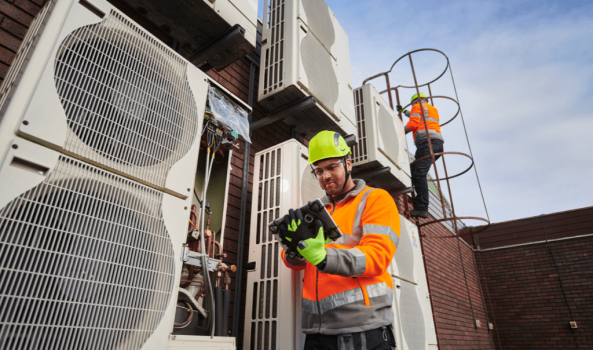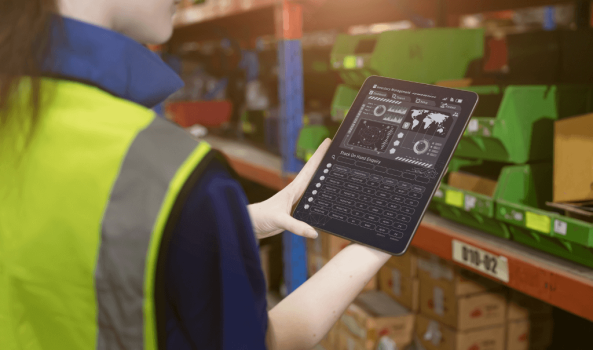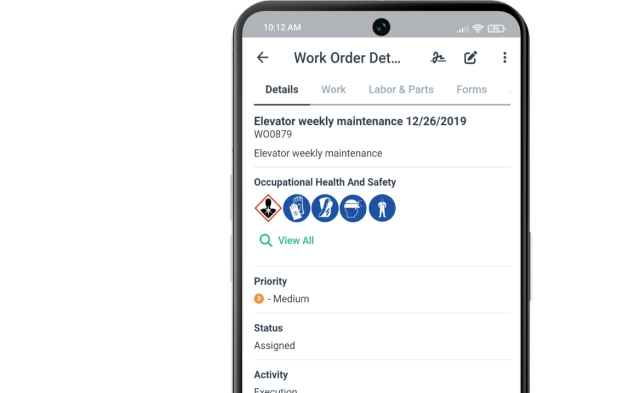Get a Free WorkTrek Demo
Let's show you how WorkTrek can help you optimize your maintenance operation.
Try for freeKey Takeaways
- HVAC systems account for 34% of equipment failures and represent the largest operational expense
- Preventative maintenance delivers 5:1 ROI, with each dollar spent saving $5 in future repair costs and reducing emergency repairs by up to 70%
- Technology-enabled maintenance using CMMS platforms like WorkTrek can reduce maintenance costs by 15-30% while improving response times by 40-60%
The numbers don’t lie: commercial property owners spend an average of $2.15 per square foot annually on maintenance, yet poorly maintained buildings can lose up to 20% of their value within just five years.

If you are a property manager overseeing millions in real estate assets, it is important to understand and prevent common maintenance issues.
A well-maintained building will bring you more tenants, higher rents, and a higher valuation.
Key maintenance issues to monitor:
• HVAC system failures account for 34% of aging equipment problems
• Preventive maintenance reduces overall expenses by up to 30%
• Unplanned downtime costs an average of $25,000 per hour
• Well-maintained properties experience significantly higher tenant retention rates
• Energy-efficient maintenance practices can reduce consumption by 20-30%
Smart property owners and commercial property management companies are shifting from reactive maintenance approaches to strategic, technology-enabled preventive maintenance programs.
This transformation isn’t just about fixing problems—it’s about predicting them, preventing them, and ultimately creating properties that attract quality tenants while maximizing long-term value.
HVAC systems drive energy costs and tenant comfort
One of the largest operational expenses for most buildings is the HVAC system. Its operation is also critical for tenant comfort.
However, buildings with poor maintenance practices can increase energy consumption by 30-60%, directly impacting your bottom line and tenant retention.
There are a number of warning signs. It sometimes starts with tenants complaining about inconsistent temperatures, unusual noises from mechanical rooms, or higher-than-normal utility bills, all of which indicate potential HVAC issues.
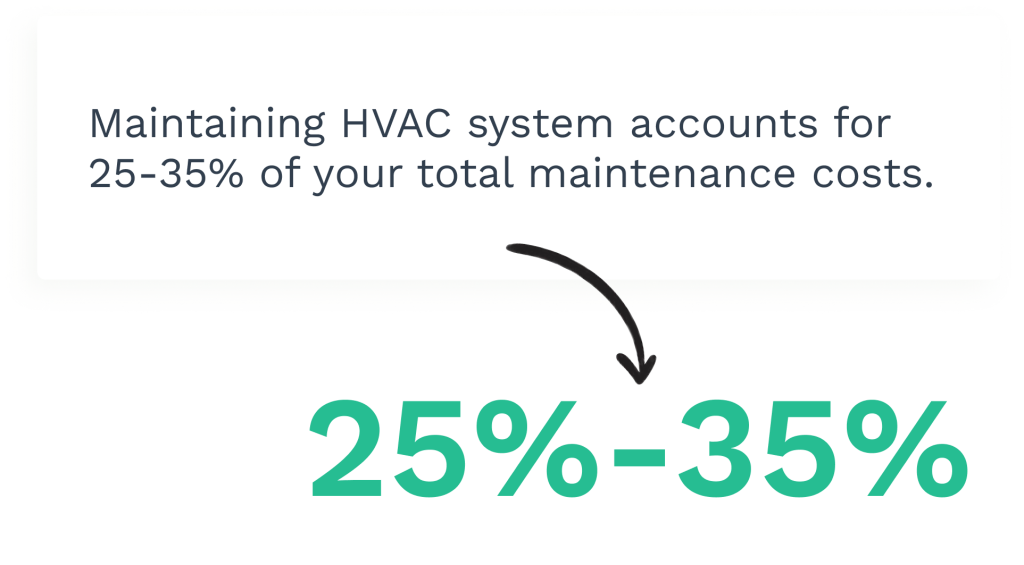
However, if you implement a regular maintenance schedule, you can slash emergency repair costs by up to 70%.
A number of modern commercial property maintenance teams are leveraging IoT sensors and smart building technologies to monitor HVAC performance.
Buildings with geothermal heat pumps and properly maintained roofing systems reduce electricity costs by 26% and emissions by 78% compared to traditional setups.
The benefit of these products is that they can predict equipment failures before they occur. Some can also automatically adjust settings for optimal energy efficiency and generate maintenance requests based on actual equipment performance rather than arbitrary schedules.
Smart energy management systems can reduce HVAC costs by up to 30% while maintaining superior tenant comfort.
One easy step property managers can take is to prioritize regular inspections of air filters, which alone can improve energy efficiency by 10% when kept clean.
Ductwork inspections, refrigerant level checks, and calibration of building automation systems should be part of any commercial property maintenance checklist.
The investment in proactive HVAC maintenance directly correlates with improved tenant satisfaction and reduced operational costs.
Roofing Systems: Safeguard Your Investment
Roof problems are one of the most expensive maintenance issues facing commercial property owners. An average roof replacement can cost in the hundreds of thousands of dollars.
The key is to put in a maintenance plan and a routine maintenance schedule to detect any major issues early. The goal is to minimize any extensive damage to the core structure of the building.
Like most roofing, commercial roofing systems face constant exposure to weather extremes, UV radiation, and thermal expansion cycles.
Develop a regular maintenance schedule focusing on drainage systems, membrane integrity, and flashing conditions. This approach can extend roof life by decades while preventing interior damage that affects tenant operations and satisfaction.
Professional commercial property maintenance services recommend quarterly roof inspections. It is a good idea to contract with a reputable company to perform quarterly professional roof inspections.
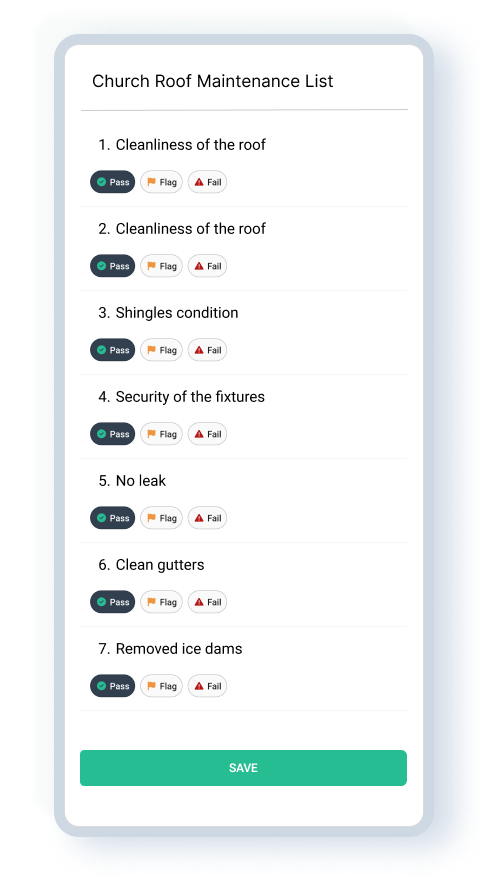
There is a clear connection between roofing maintenance and energy efficiency. This is often overlooked but significant.
Properly maintained roofing systems with appropriate insulation and reflective coatings can reduce energy consumption substantially. Buildings with geothermal heat pumps and properly maintained roofing systems reduce electricity costs by 26% and emissions by 78% compared to traditional setups.
Some new building maintenance programs now incorporate drone inspections and thermal imaging to detect problems. These are problems that could be invisible to traditional visual inspections.
These technologies allow maintenance teams to identify membrane failures, insulation gaps, and moisture intrusion before they cause structural damage or affect building occupants.
Plumbing Systems: Consistent and Proactive Maintenance
Water damage is one of the fastest ways to destroy property value and tenant relationships.
A single plumbing failure can result in thousands of dollars in damage. This makes plumbing systems a critical focus area for routine maintenance and regular inspections.
Commercial plumbing systems can be a complex network serving multiple tenants with varying usage patterns.
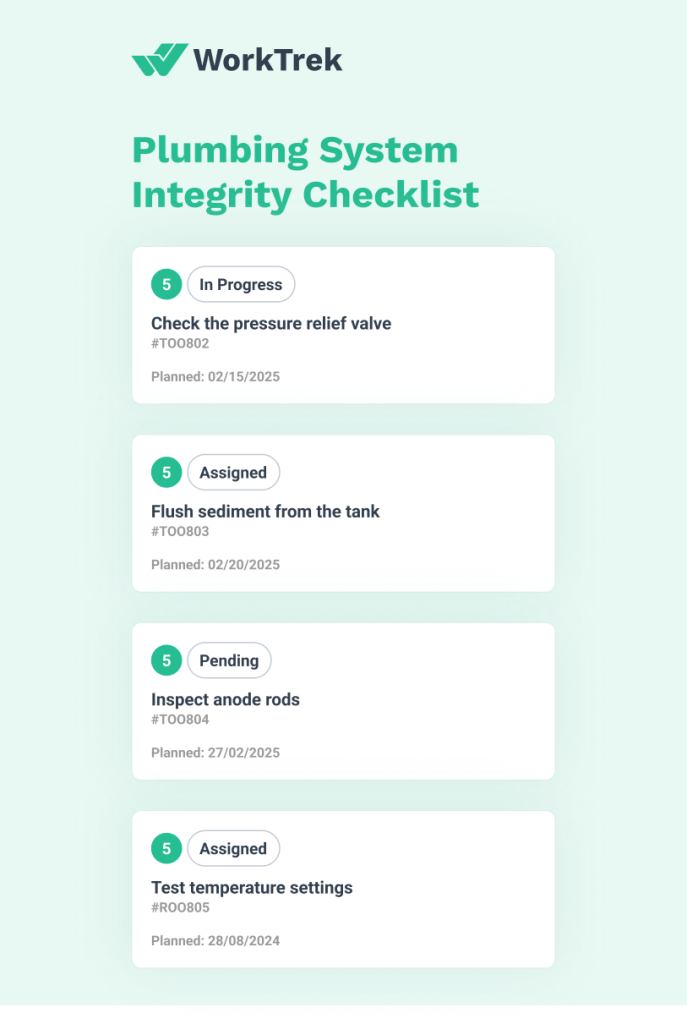
Preventive maintenance strategies that focus on regular pipe inspections, drain cleaning, and fixture maintenance can prevent 80% of emergency plumbing calls.
One good practice is for property managers to establish relationships with qualified plumbing contractors who understand commercial systems and can respond quickly to maintenance requests.
Emergency plumbing issues can halt business operations for tenants. This makes response time critical for tenant satisfaction.
Another modern commercial property management tactic is to implement a smart water monitoring system that can detect leaks and monitor usage.
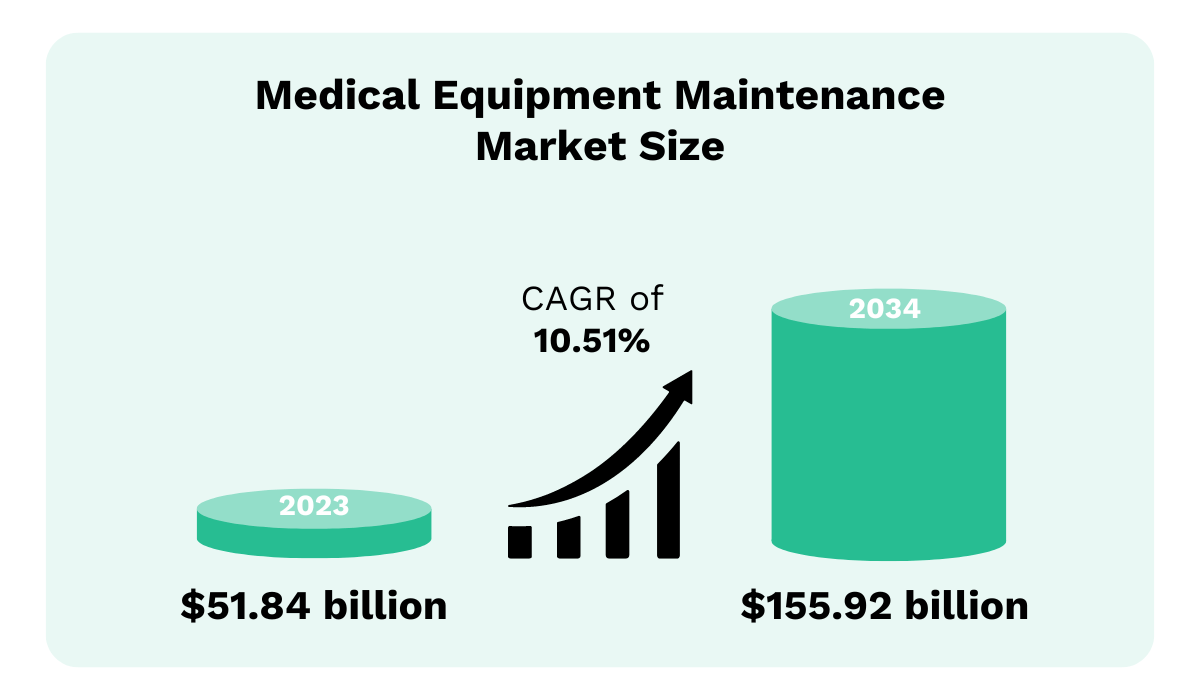
These systems can identify minor leaks that might go unnoticed for months, preventing extensive damage while reducing water costs.
Another area of focus should be irrigation systems for landscaping and green spaces. It should be monitored as part of a comprehensive commercial property maintenance program.
Electrical Systems: Improve Safety and Functionality
Electrical system maintenance directly impacts tenant safety. It also contributes to operational efficiency and regulatory compliance.
Faulty wiring and electrical issues cause thousands of commercial fires annually. This makes electrical maintenance a critical safety priority for any commercial building.
Most commercial electrical systems have to support increasing technology demands while maintaining energy efficiency.
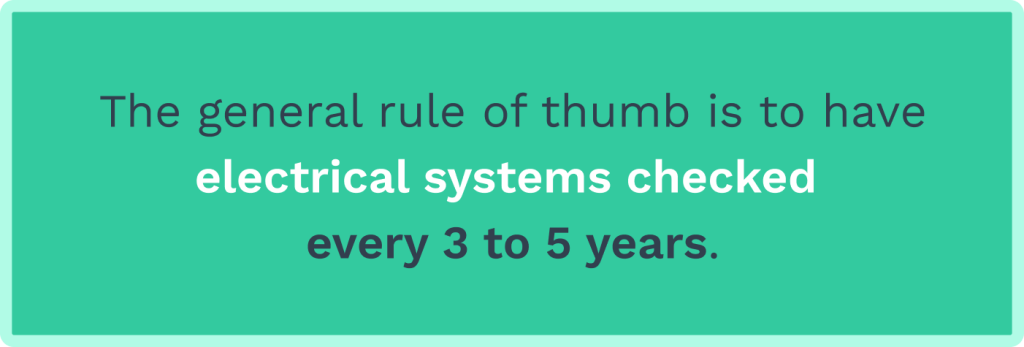
Regular inspections should focus on panel conditions, circuit loading, grounding systems, and emergency lighting functionality.
One way to save money is to use energy-efficient lighting upgrades, which can reduce electrical consumption by 20-40% while improving tenant work environments.
Don’t forget to maintain detailed electrical system documentation, including circuit maps, equipment specifications, and maintenance histories.
This documentation proves invaluable during emergency repairs and helps identify patterns that might indicate larger system issues requiring attention.
Modern commercial properties increasingly integrate smart electrical systems that provide real-time monitoring of energy consumption, power quality, and equipment performance.
These systems can automatically adjust lighting based on occupancy, detect electrical anomalies before they cause failures, and generate detailed reports supporting energy efficiency initiatives and sustainability practices.
Schedule regular electrical safety inspections by qualified professionals familiar with commercial codes and regulations.
Regular electrical maintenance prevents costly problems while ensuring compliance with local safety requirements and insurance stipulations that protect property owners from liability.
Exteriors: Creating a Lasting Impression
A clean and beautiful exterior directly influences tenant acquisition, retention, and rental rates.
Properties with excellent curb appeal command premium rents, while poorly maintained exteriors can drive away potential tenants.
Exterior maintenance requires coordinated attention. Window washing, pressure washing, landscaping, parking lot maintenance, and building facade care all contribute to overall aesthetic appeal and property value.
Regular cleaning and maintenance of building exteriors can increase property value by 10-15% while creating positive first impressions for prospective tenants.
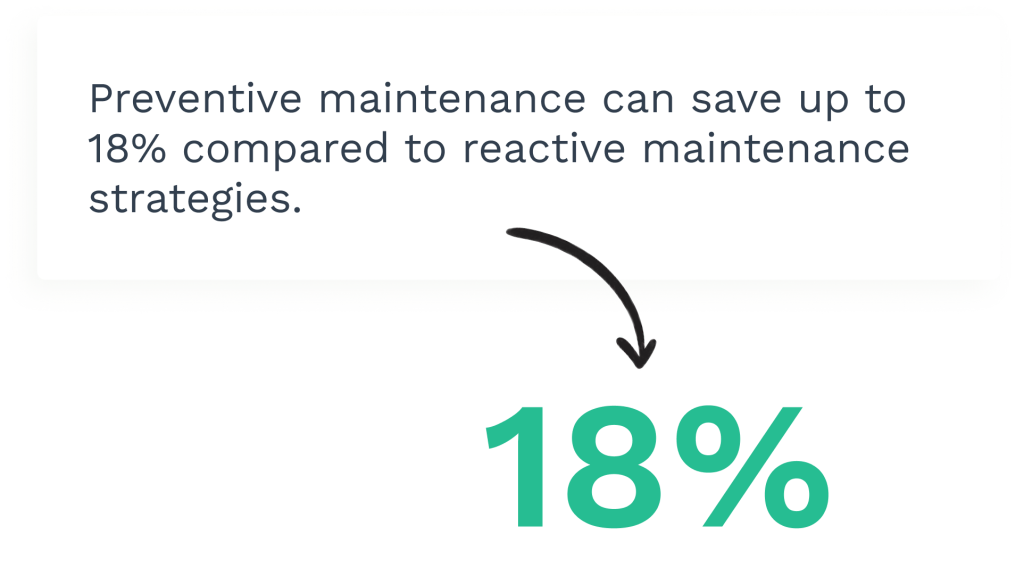
Parking lot maintenance often receives insufficient attention despite its significant impact on tenant satisfaction and safety.
Crack sealing, striping, lighting maintenance, and drainage system care prevent costly repaving while ensuring safe access for building occupants.
When minor repairs are completed promptly, they can prevent major problems that could require complete parking surface replacement.
Building maintenance schedules should include regular inspection of exterior elements, including siding, windows, doors, and architectural features.
Weather damage, wear patterns, and potential safety hazards should be documented and addressed through timely repairs that maintain both appearance and structural integrity.
Additionally, sustainable practices in exterior maintenance are becoming increasingly important. 76% of global survey respondents plan to undertake deep energy retrofits in the next 12-18 months, indicating significant market momentum toward sustainable building practices.
Technology Transformation
The commercial real estate industry is experiencing unprecedented digital transformation. A recent study showed that 88% of real estate companies identify data and technology spending as their primary focus.

Smart commercial property maintenance leverages predictive analytics, IoT sensors, and automated systems to shift from reactive to proactive maintenance approaches.
Predictive maintenance technology can reduce unplanned downtime by up to 50% while extending equipment lifespans by 25%.
These systems continuously monitor critical building systems, analyzing performance data to predict failures before they occur.
Property maintenance teams receive alerts when equipment parameters indicate potential problems, allowing for planned repairs during convenient times rather than emergencies.
The global smart building market, valued at $126.35 billion in 2024, is projected to grow at 28.5% annually through 2030.
This growth reflects increasing recognition that technology-enabled maintenance delivers superior results at lower total costs than traditional approaches.
Mobile technology empowers maintenance teams to access work orders, update task status, and communicate with property managers from anywhere in the building.
Digital work order management can reduce response times by 40-60%. This is while providing complete documentation of all maintenance activities for reporting and analysis.
Another revolution is how artificial intelligence and machine learning are beginning to optimize maintenance schedules. This optimization is based on actual equipment usage, weather patterns, and tenant behavior rather than arbitrary time intervals.
AI-driven maintenance scheduling can reduce maintenance costs by 15-25% while improving equipment reliability and tenant satisfaction.
Preventative maintenance delivers measurable ROI
There is a major financial case for preventive maintenance is overwhelming.
Companies save between 12-18% by using preventive maintenance over reactive approaches, with each $1 spent on preventive maintenance saving an average of $5 in future costs.
These savings compound over time as equipment lasts longer and operates more efficiently.
Reactive maintenance cannot always be avoided, but it does carry hidden costs beyond immediate repair expenses.
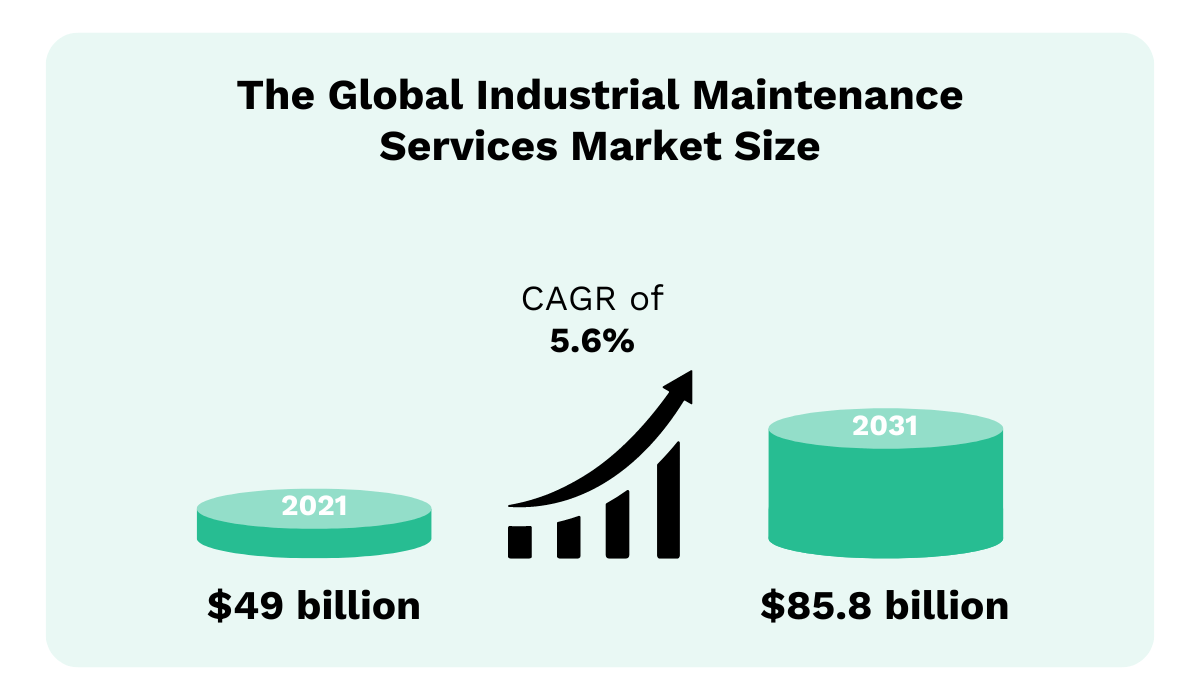

Unplanned downtime costs an average of $25,000 per hour, factoring in lost tenant productivity, emergency service premiums, and potential lease complications. Property managers who rely primarily on reactive maintenance create unnecessary financial risk while providing inferior tenant experiences.
Regular maintenance schedules reduce overall maintenance expenses by up to 30% compared to run-to-failure approaches.
This reduction comes from stopping minor problems from turning into major issues.
A number of modern commercial property management companies are establishing hybrid approaches that balance routine inspections, preventive maintenance tasks, and strategic equipment replacement.
How to streamline maintenance management with WorkTrek CMMS
Managing complex commercial property maintenance across multiple buildings, systems, and vendors requires complicated coordination that traditional spreadsheets and paper-based systems cannot provide.
WorkTrek CMMS offers a centralized platform that transforms chaotic maintenance operations into streamlined, data-driven processes.
WorkTrek’s work order management system enables property managers to create, assign, and track maintenance requests from the initial tenant report through completion verification.
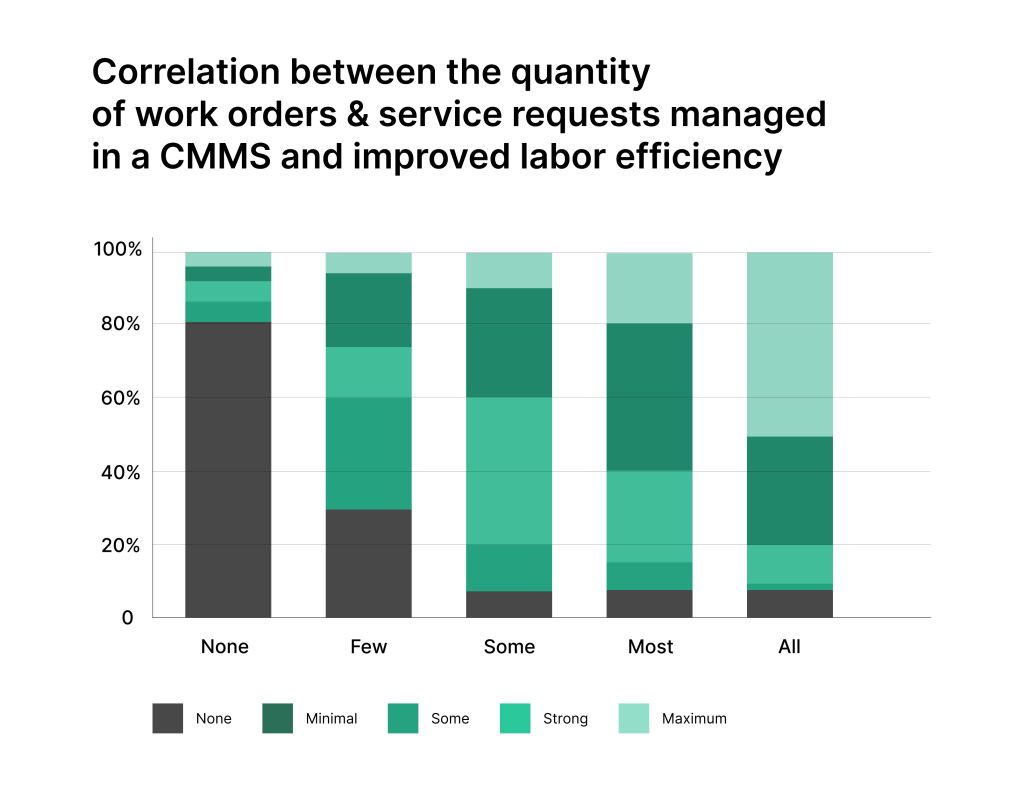
Properties using WorkTrek report 90% of work orders never require human intervention through automated workflows that route tasks to qualified maintenance teams based on skills, availability, and location.
With WorkTrek’s mobile platform, maintenance teams can update work order status, document completed tasks with photos, and access asset history from anywhere in the building.
This real-time connectivity eliminates communication delays while providing complete documentation of all maintenance activities.
Preventive Maintenance
Preventive maintenance scheduling through WorkTrek ensures critical systems receive regular attention before problems develop.
With WorkTrek, you can automatically generate work orders based on time intervals, equipment usage, or conditional triggers.
This helps property maintenance teams stay ahead of potential issues that could affect tenant satisfaction or cause costly emergency repairs.
Asset and Parts Management
Another strength of WorkTrek is asset management.
It can provide you with complete visibility into equipment performance, maintenance history, and total ownership costs. Property managers can track warranty information and schedule preventive maintenance based on manufacturer recommendations.
Reporting and Analytics
WorkTrek’s reporting and analytics features deliver valuable insights into maintenance operations, cost trends, and team performance. Properties using WorkTrek report up to 70% reduction in emergency repair costs through improved preventive maintenance execution and faster response to developing problems.
Building sustainable maintenance practices
Sustainability considerations are changing commercial property maintenance.
Energy-efficient maintenance practices, waste reduction initiatives, and sustainable material selection contribute to both environmental goals and operational cost savings.
Buildings account for approximately 40% of global carbon emissions, making maintenance practices an important part of environmental stewardship.
Property owners implementing sustainable practices often discover these initiatives reduce operational costs while attracting environmentally conscious tenants willing to pay premium rents.
LEED-certified buildings consume 25% less energy and 11% less waterthan non-certified buildings while commanding higher rental rates and occupancy levels.
Conclusion
As you can see from this article, commercial property maintenance requires strategic planning, systematic execution, and continuous improvement to protect property values.
Conducting comprehensive assessments of all building systems to establish baseline conditions and identify immediate priorities.
Properties implementing systematic preventive maintenance programs typically see ROI within the first year through reduced emergency repairs and improved equipment efficiency.
Invest in technology platforms that provide visibility into maintenance operations, automate routine tasks, and deliver actionable insights for continuous improvement. Modern CMMS platforms like WorkTrek can reduce maintenance costs by 15-30% while improving service delivery and tenant satisfaction.
Don’t forget to develop relationships with qualified commercial property maintenance services that understand your property types and can respond quickly to both routine and emergency needs. The quality of your maintenance team directly impacts property value and tenant retention.
Technology is evolving, and tenant expectations drive new approaches to building operations.
Property owners who embrace these changes while maintaining focus on quality, efficiency, and tenant satisfaction will create lasting competitive advantages in an increasingly demanding market.



